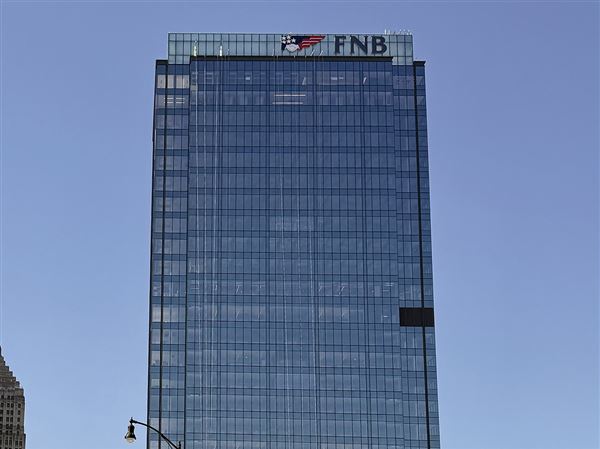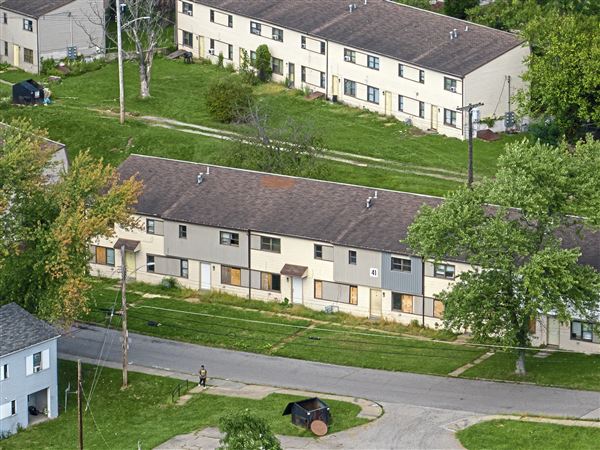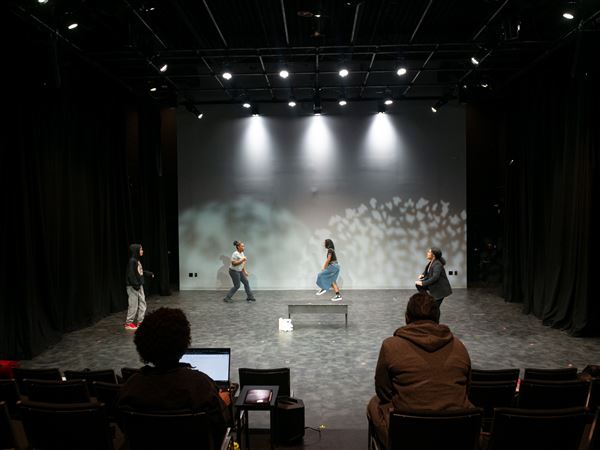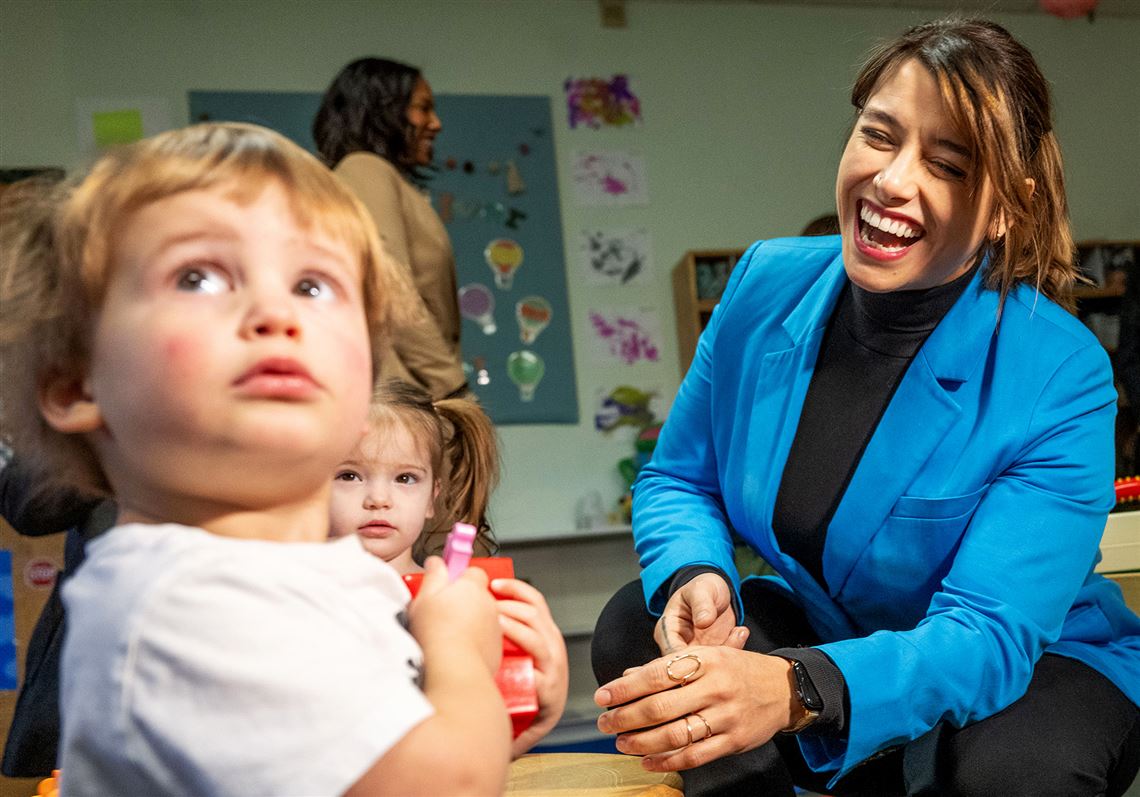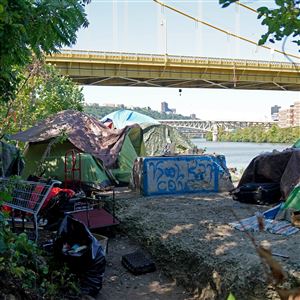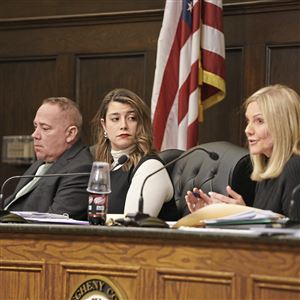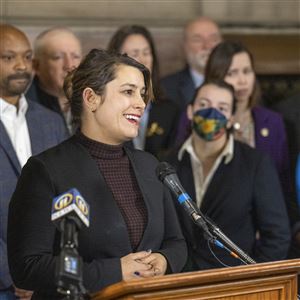Allegheny County Executive Sara Innamorato on Wednesday announced that the county would allot $500,000 to help pay for residents’ child care expenses, which would clear a waitlist of applicants and serve other families throughout the county.
Ms. Innamorato and local officials detailed specifics about the program moments after completing a tour of Shady Lane School, a preschool serving young children for over six decades in the Pittsburgh region, currently located in Point Breeze.
The county executive said the $500,000 is coming from the American Rescue Plan Act of 2021, a $1.9 trillion bill passed by Congress in 2021 to help respond to the COVID-19 pandemic. The money will help clear a waiting list of 28 families, along with helping support care for other families, she and county officials said.
It will be used for the Allegheny County Child Care Matters program, officials said. The program serves families who are under 300% of the federal poverty income guidelines and meet a state program’s eligibility criteria for work or educational hours. Ms. Innamorato said Wednesday that funding child care not only helps families, but has a broader impact on the overall local economy.
“This is an urgent crisis,” Ms. Innamorato said. “It is not just an issue for young families, it’s an economic issue for our whole county. If working families can’t work, if they’re staying on the sidelines and out of the workforce, we will continue to have one of the slowest pandemic economic recoveries.”
County officials and partners said that it’s difficult to know how many additional families the funding will benefit outside of the 28 that will be cleared off the waitlist. Rochelle Salih, assistant director for family services for the Early Learning Resource Center, said every child has a different cost, depending on their age and hours of care needed. Care for infants costs the most, officials said — the average is about $237 per week statewide.
But the demand for the program is there, Ms. Salih said. Her office, which helps facilitate the subsidies for families via state and local governments, continues to get several new cases from applicants every day, she said. During the past 18 months, 357 families in the county have been served, she said.
The county’s Child Care Matters program is important, officials said, because it allows more flexibility in income requirements versus a similar state program, the Child Care Works (CCW) Subsidized Child Care Program. That program caps income limits at 200% or less of the federal poverty income guidelines — or $60,000 for a family of four, as of May 2023.
Ms. Innamorato and Rebecca Mercatoris, director of the county’s Department of Children’s Initiatives, said more money would be needed as county officials continue to determine overall need. Ms. Mercatoris said it could be a “substantial investment” when considering the cost for each child, but one officials must continue to figure out out how to fund in the coming months and years, whether through the public or private sector.
Lindsey Ramsey, executive director of Shady Lane School, was busy leading Ms. Innamorato and other partners through the facility on Wednesday, as young children played throughout the classrooms. After the news conference, she told the Post-Gazette there needs to be considerable local, state and federal money allocated for providers like hers.
There also needs to be discussions among small and large businesses and corporations about how to support child care facilities, Ms. Ramsey said. She and other providers are “the workforce behind the workforce” because of their support of families, allowing parents to work and contribute to the local economy, she said.
Ms. Ramsey said that the aftermath of the COVID-19 pandemic has shown that there needs to be more investment to pay educators and other staff at child care facilities more, in order to attract more employees and to help retain them. Shady Lane also has spent considerable resources in recruiting workers, she said.
Even as child care employees make more money, it’s a stressful job, Ms. Ramsey said — and there’s risk and burnout that comes in the field. But it’s a valuable one to society, she said.
“Child care is a social safety net,” Ms. Ramsey said. “We’re helping the whole society thrive … from child development, human development, and also making sure there’s equity created for women who are in the workforce, and families in the workforce.”
Steve Bohnel: sbohnel@post-gazette.com or @Steve_Bohnel.
First Published: January 10, 2024, 7:36 p.m.
Updated: January 11, 2024, 4:44 p.m.
